Day 22 - Arriving at Hirado Island, The Kyushu 108 Temple Pilgrimage, Japan



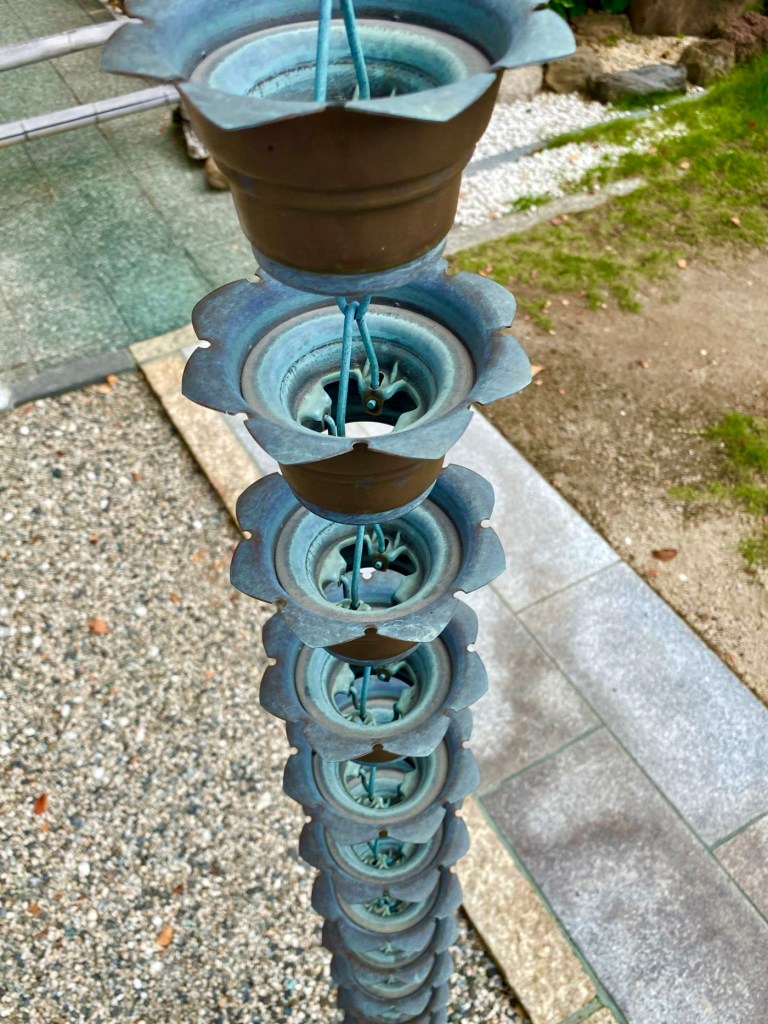





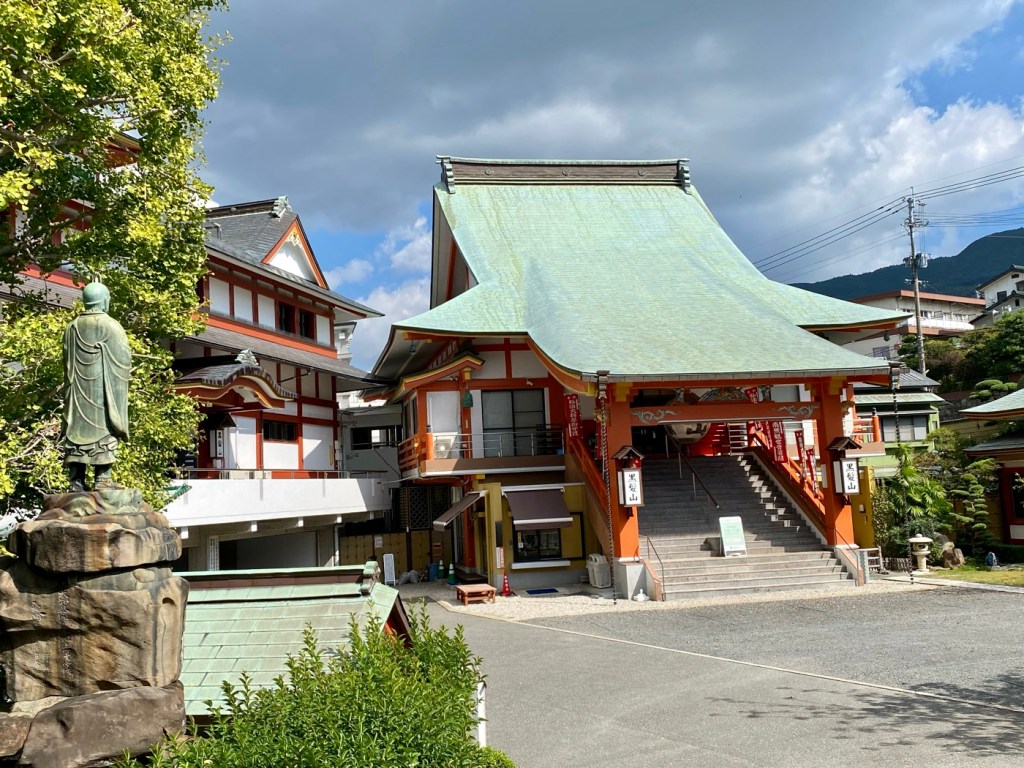




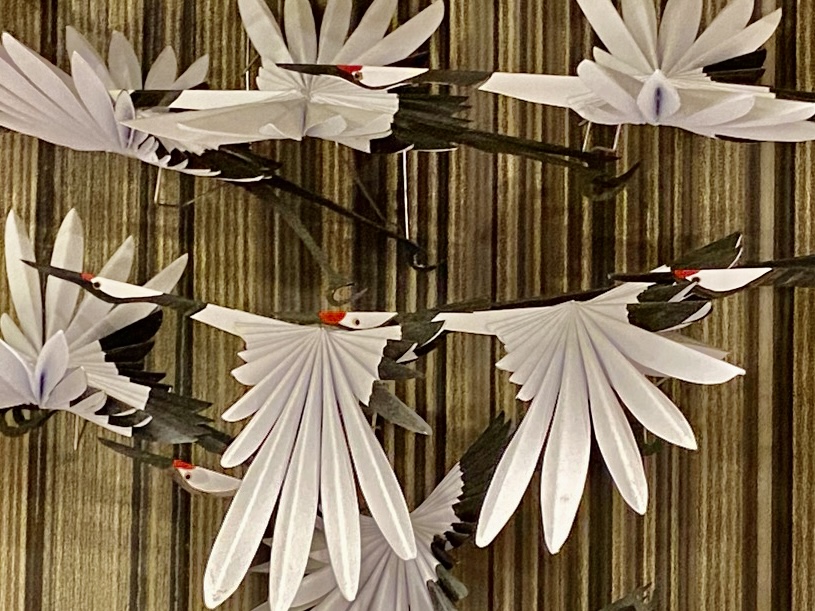



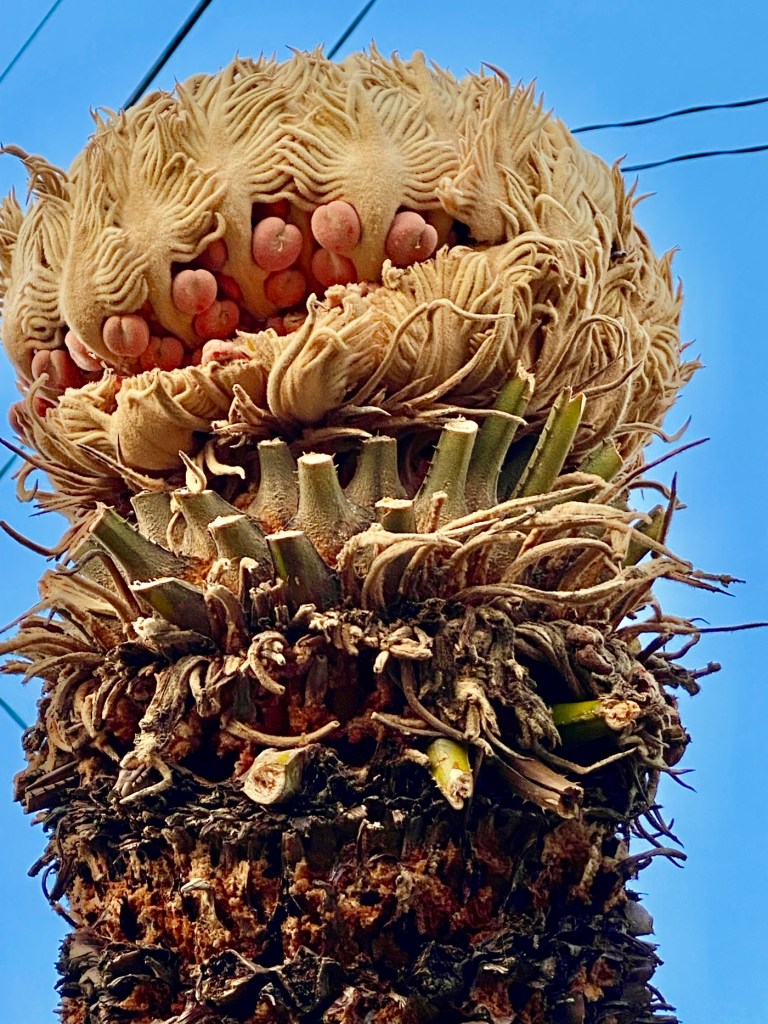
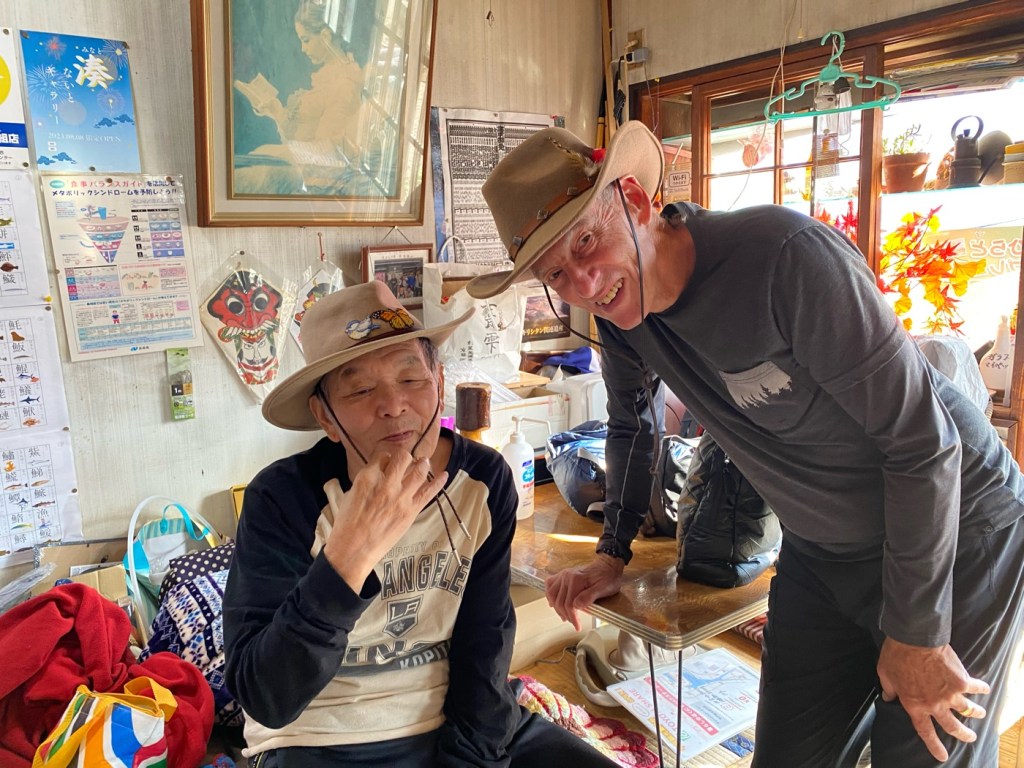



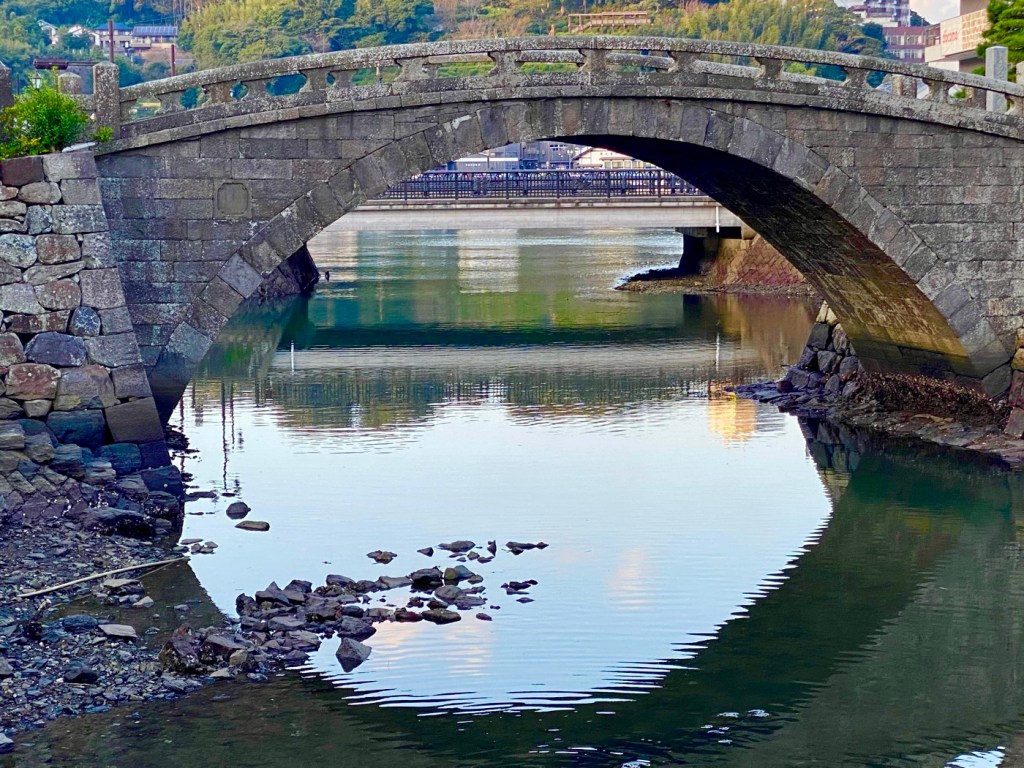



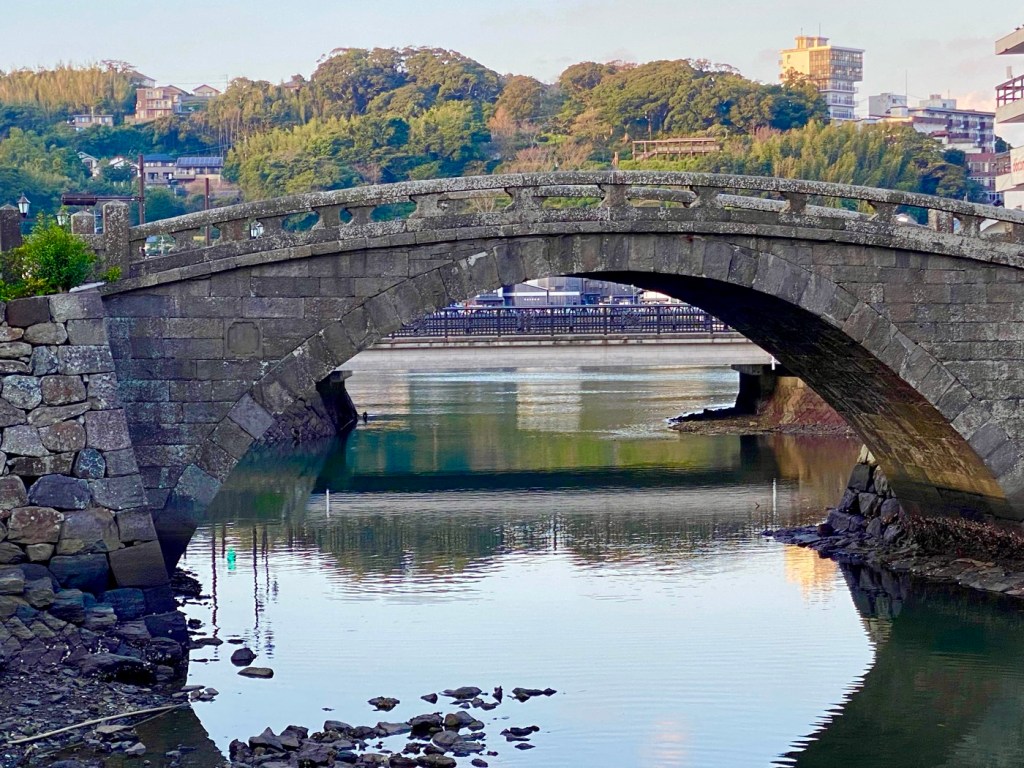


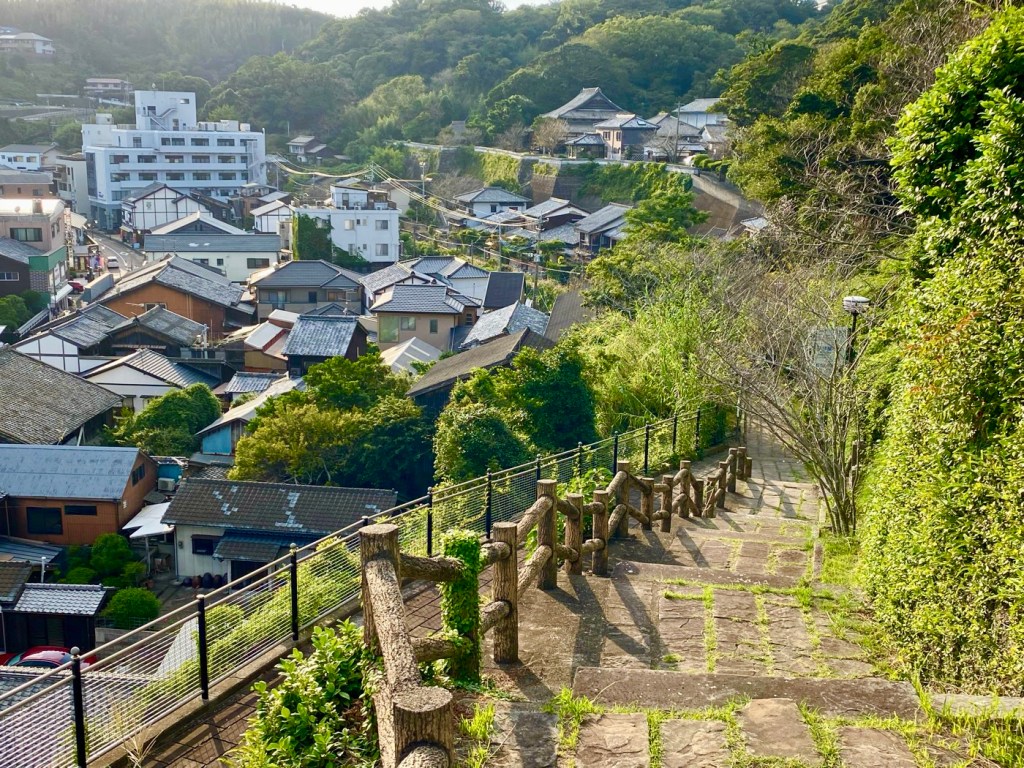

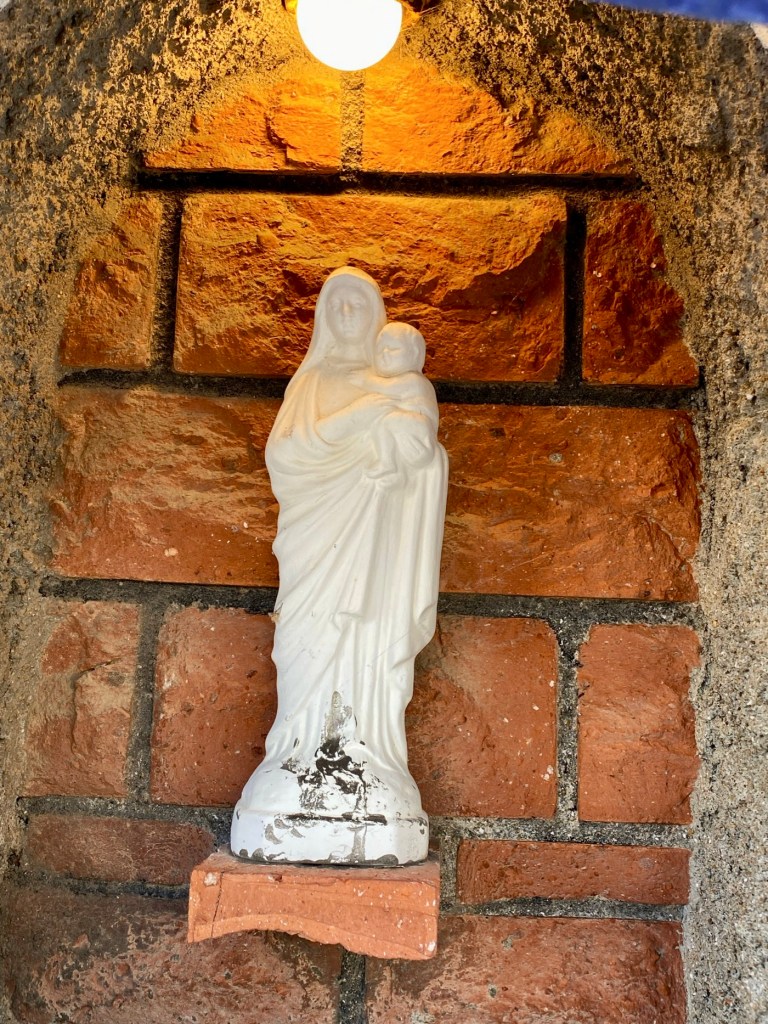












Day 22 - Arriving at Hirado Island, The Kyushu 108 Temple Pilgrimage, Japan
Sasebo is a big city spread across many hills.
We did not book breakfasts in our hotel, so we decided to start early and have breakfast at a cafe in town, while waiting for the last temple we have to visit in the Sasebo area to open.
Temple #104 on our pilgrimage is located right in the center of Sasebo city.
We left this temple for our last day in Sasebo, because of its central location, which required no effort to get to.
As we sat in a cafe and ate our breakfast, we met the kind lady who volunteered at the temple that we visited yesterday, who gave us drinks and sweets for the long walk.
I was so happy to see her, and thanked her again for her kindness, which she brushed off as if it were nothing at all.
She asked where we were heading today, and I told her that we were on our way to the island of Hirado, where we have two temples to visit.
There are no trains going to Hirado island.
There are ferries going to Hirado, and there is also a car and bus bridge, painted a bright red, that connects Hirado to the mainland.
Normally, I prefer to take the ferry to remote islands, but this time, because of the schedule, it was much simpler to take the bus.
But first we walked to Temple #104, Kurokamiyama Daichiin.
It is a big city temple, with business men who come to pray before work, and people who come and go all day long.
The renovations of the temple were done in a Chinese style, with large red pillars, round windows, and roofs curving back and up into the sky.
Temple #104, Mt. Kurokami Daichiin, was originally founded by Kobo Daishi in another location.
It is said that he had engraved a wooden statue called the Fingernails (Tsumabori) Fudo Myoo, because he used his fingernails instead of a knife as the sculpting tool.
It is the oldest Shingon Dojo founded by Kobo Daishi.
At its peak, the temple was famous all over the country as a large temple in Hizen, with more than 80 branch temples.
In later years much of the temple was burned down in the great fire of 1871.
The Navy base had opened in Sasebo, and the population was rapidly increasing.
The temple was moved and rebuilt in its current location in 1908.
In 2006, the most recent renovations were completed, to celebrate the 1200th anniversary of its founding by Kobo Daishi.
Kobo Daishi's fingernails Fudo Myoo is worshipped while enclosed in a cabinet in the back of the altar, as a hidden Buddha, and in front of it another Buddha is enshrined.
The bus to Hirado climbed many mountains before dropping us off in the center of the island.
It is a remote place, with the feeling of an isolated village that has kept its beauty and ways of living for ages.
Despite its isolation, the place felt lively and very lovely, with lots of open shops and interesting buildings, and old churches that were built during the period when Portuguese and Dutch traders lived there and traded with the Japanese.
A beautiful castle of the clan of Hirado towers high above the sea, with 360 degree views of all the strategic points of entry and all the surrounding mountain peaks.
The island of Hirado is very mountainous, and just to get to our hotel, we had to climb hundreds of stone steps.
There is a lively and old merchant’s street, with traditional shops that are made of wood, where the owners of the shops live above their businesses.
But first we were hungry for a late lunch.
We chose a simple Udon and Soba noodle place, and entered.
The whole place was really tiny, with just a counter for five people and one seat occupied by the local drunk, who was very nice and talkative.
Two women ran the kitchen, and the husband of one of them was sitting on a tatami bench. He seemed to have one deformed and paralyzed arm and a deformed leg.
I pointed to our big backpacks and asked where we could put them, and they pointed to a small space near where the husband was sitting.
We offloaded our backpacks and took seats at the bar.
In front of us was a simmering oden, bubbling in its broth.
Oden is a traditional Japanese stewed pot, that is cooked all night.
It is similar to the Jewish Cholent or Schalet (Yiddish: טשאָלנט, romanized: Tsholnt or Tshulnt), which is a traditional slow-simmering Sabbath stew in Jewish cuisine.
It was developed by Ashkenazi Jews first in France and later in Germany, and is first mentioned in the 12th century.
The Sephardic Jewish people adopted it and called it Hammin.
Oden is just like Cholent, traditionally cooked in a Donabe pottery pot, except that it has somewhat different ingredients.
Oden has slow cooked eggs, sometimes meat, tofu, Konyaku, Daikon Raddish, and Surimi fishcakes, all stewed in a light, soy-flavored dashi broth.
In Japan, the ingredients of Oden are not all swimming together in the stew, but are served on skewers.
The local drunk handed us small bowls, and told us to pick whatever skewers we wanted from the oden pot.
It is all free, he said.
I picked up a tofu skewer, a daikon radish and a Konyaku.
They were delicious.
The menu was small, so we ordered some Soba noodles.
Jules got a delicious Yaki soba dish, stir fried soba noodles with slices of the local surimi fish cakes in a soy sauce, and I got Zalu soba, cold cooked noodles that are dipped in soy and grated radish.
We ate our tasty lunches, enjoying the company and friendliness of this small dive with the locals.
The drunk, who was downing huge glasses of alcohol full to the top, told us that he had never been to Sasebo.
NEVER, he said, as if it were some kind of an accomplishment that he had never visited the only big city near Hirado.
The lady owner and her partly paralyzed husband told us that their daughter lived in the USA, but that they had never visited.
She used to live in California but now she lived in New Hampshire.
I didn’t know what to say, so I just said that now was beautiful Autumn leaves season in New Hampshire, with lovely colors.
Japanese people celebrate spring with the blooming of the Sakura cherry trees, and they also celebrate Autumn with Momiji, as the beautiful Maple tree leaves change their colors to golds and bright reds.
Before we left to check into our Onsen hotel, they asked to take photos with my hat, to send to his daughter in New Hampshire.
Our Onsen hotel had traditional, suit-clad greeters standing outside, and the names of the guests arriving were written on a sign by the entrance.
I hadn’t expected much when I made the reservation, knowing that it was an old hotel, but I was pleasantly surprised.
We got a very large tatami mat room with beautiful aesthetics, with two seating areas, a dressing area where the mirror was covered as is traditionally done in Japan, a tea area and a spacious bathroom.
Covering mirrors is an old tradition in many inns in Japan.
The idea is that traveling is a strenuous activity and can leave the visitor looking unkempt and tired.
Seeing yourself in this way can make you feel self-conscious and less confident about yourself.
It is always better to feel good about yourself, so you uncover the mirror when you need to comb your hair or put on makeup, and close the mirror doors or cover it in fabric, when you don’t need it.
We went for a walk around town, to see the shops and our food options and to find the nearest laundromat.
It was too late today to visit a temple.
Because we ate a late lunch, we just bought fruit and fresh sushi in the local grocery market, which we could eat in our room.
At the supermarket, I saw a man who tied the items of food that he bought in a Furoshiki.
The Furoshiki are traditional Japanese wrapping cloths, traditionally used to wrap and to transport goods, like bigger, stronger bandanas.
He tied his furoshiki to a wooden branch and put it over his shoulder.
The wood was just a strong branch of a tree that he had polished.
He reminded me of the old cartoon characters from my childhood, depicting a boy running away from home, with a teddy bear in one hand and a Furoshiki stick with his food for the day in his other hand.
We walked around town until sunset, and then returned to our hotel to soak in the onsen.
Hirado’s hot springs are made of sodium carbonate sulfate waters, that are said to help relieve nervous pains and heal burns.
Sending you healing light,
Tali
Stats: 11,525 steps
Today’s walk: 8 km
Kilometers walked to date: 389.5
Temples visited:
T#104 Kurokamiyama Daichiin 黒髪山 大智院